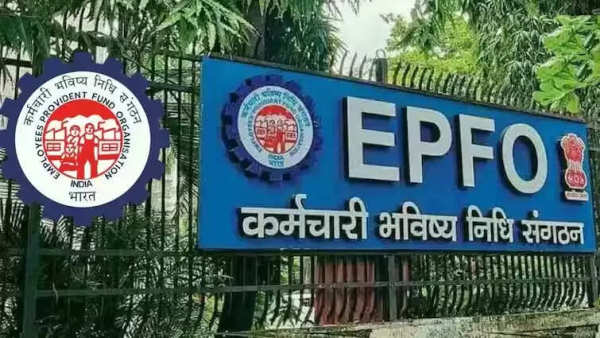
PF Rules: The EPFO has changed the rules for PF withdrawals. Now, money for marriage or homeownership can only be withdrawn after one year of leaving your job. Learn about the previous rules.
PF Rules: Almost everyone in the country has a PF account. A portion of their salary is deposited into this fund every month to be used when needed. Until now, people would withdraw money from their PF accounts shortly after leaving their jobs, for a wedding, home renovation, or other urgent expenses.
But now, employees will have to wait a little longer. The government and the EPFO have changed the PF withdrawal rules. This change will affect millions of employees who use their provident fund as an emergency fund. Learn about the new rules.
Previously, this is how you could withdraw PF funds.
According to previous rules, if an employee left their job, they could withdraw the entire balance from their PF account after two months. This rule was for those who had not joined a new job. Many people used this money for personal purposes like marriage, building a house, or paying off debts.
The EPFO also allowed early withdrawals in such cases, subject to certain conditions. This meant that employees could withdraw their PF balance 60 days after leaving their job. This process could be done both online and offline, and the funds were usually credited to their account within a week.
What are the changes in the new rules now?
According to the new rules on PF accounts, after leaving their job, employees will now be able to withdraw funds from their PF account for marriage, building a house, or any other personal need only after one year. This means they will have to wait a full 12 months, not just two months. The EPFO believes that this move will inculcate the habit of saving for the future and help them use the funds for the right purposes.
While the immediate withdrawal facility will remain in place in cases of emergency medical need or permanent disability, the objective of this change is to preserve the PF account as a long-term security, ensuring that the employee has a sufficient corpus at the time of retirement.